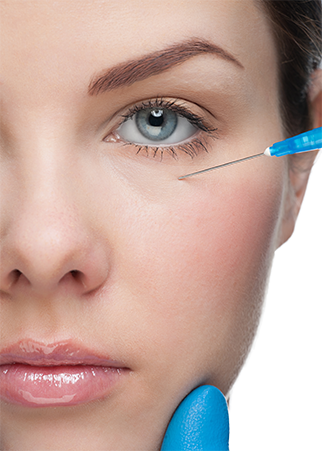Botulinium Toxin Injections (Botox)
The common botulinium toxin injections available in Australia include Botox, Xeomin, and Dysport. Botulinium toxin injections are commonly called Botox. These injections can be used for a variety of conditions such as:
- Injections To Reduce The Appearance Of Wrinkles
- Teeth Clenching / Grinding
- Migraine
- Excessive Sweating (underarms and palms of the hands)
and many others
Injections to Reduce the Appearance of Wrinkles
This is a non-surgical procedure whereby a small amount of botox is administered into selected facial muscles using a very fine needle.
When we laugh, frown or make facial expressions, our facial muscles contract and cause wrinkles. When we are young, these wrinkles resolve when we relax the muscle, however as we age these wrinkles become increasingly pronounced and prominent, giving an older, more tired, stressed, anxious or angry look. Botox injections are used to relax specific facial muscles that cause these dynamic wrinkles!

How do I maintain my results?
Regular anti-wrinkle treatments will improve the longevity of the treatment’s effects i.e the results of each treatment will last for longer and therefore the time between each treatment can be extended. In addition, regular treatment may help reduce static wrinkles (these are wrinkles that are present even when your face is at rest).
What are the side effects?
While you may experience no side effects at all, as with all medications, side effects can occur. The dose of botox medication used for facial lines is small and any side effects are usually temporary and localised to the area of injection. Possible side effects include: Headache, pain, bruising, swelling or redness at injection site, local muscle weakness including drooping eyelids/eyebrows, swollen eyelids, skin tightness, itching.
Teeth Grinding / Clenching
- grinding sounds while the person is asleep
- headache, jaw joint and/or ear pain
- aching teeth, particularly just after waking up
- aching and/or stiffness of the face and temples just after waking up
- aching or stiffness in the jaws while chewing, particularly during breakfast
- clenching the jaw when angry, anxious or concentrating
- temperature-sensitive teeth
- cracked or chipped tooth enamel
- tooth indentations on the tongue
- raised tissue on the inside of the cheek caused by biting loose teeth
- Botulinium Toxin injections
- Mouthguard
- Stress management
- Medications that relax the muscles
Migraine
- Botulinium Toxin Injection to relax the muscles
- Stress management
- Lifestyle changes
- Oral medications
Excessive Sweating
- Axillary hyperhidrosis is excess sweating of the underarms.
- Palmoplantar hyperhidrosis is excess sweating of the palms and soles.
- Hyperhidrosis usually occurs in people who are otherwise healthy.
